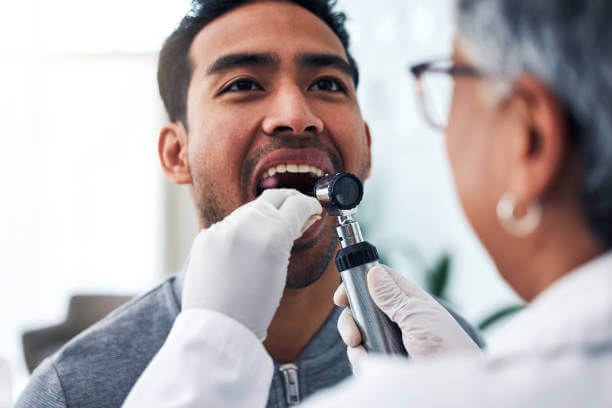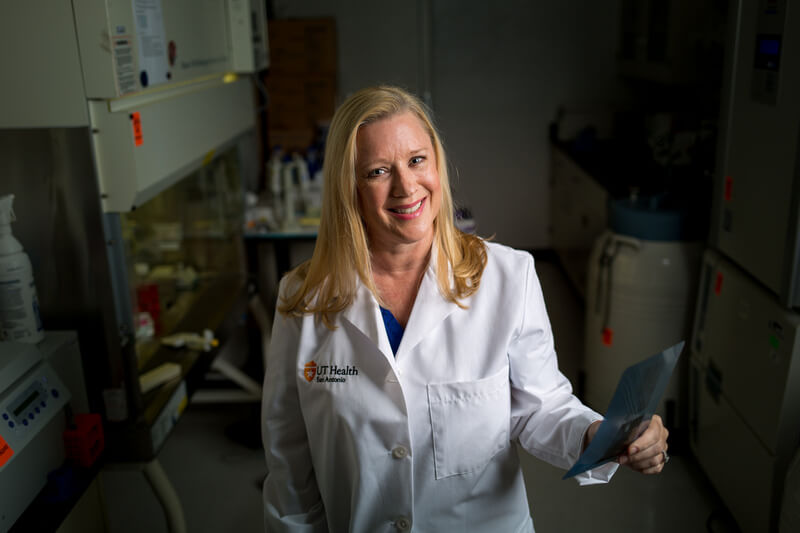Oral cancer might not make headlines as often as other cancers, but for those diagnosed, it’s aggressive, can be disfiguring and often deadly. That’s why researchers like Cara Gonzales, DDS, PhD, associate professor at UT Health San Antonio’s School of Dentistry, are racing to develop better treatments — and encouraging everyone to be aware of the warning signs.
“Most people think they’d know right away if they had a tumor in their mouth,” said Gonzales, a dentist-scientist whose lab focuses on oral cancer biology and drug development. “But unfortunately, by the time these cancers are diagnosed, they’ve often already spread to lymph nodes, making treatment harder and survival rates lower.”
Early detection matters
The statistics are sobering: Over 90% of oral cancers are oral squamous cell carcinoma, and they often occur in people with a history of tobacco or alcohol use, or prolonged sun exposure to the lips.

Unlike throat cancers caused by human papillomavirus (HPV), which tend to respond well to current treatments, Gonzales said that HPV-negative oral cancers have poor response rates and a 75% recurrence rate within three years.
What’s more, oral cancer is one of the most painful types of cancer and current treatments, such as surgery, radiation and chemotherapy, can be severely disfiguring.
But there’s hope.
CIDD99, a new therapy on the horizon

Gonzales and her team have developed a new first-in-class drug, called CIDD99, which in preclinical trials is shown to shrink tumors without harming the surrounding healthy tissue.
“We’ve seen remarkable results in mouse models, both by direct injection into tumors and through systemic delivery,” she said.
The drug is now being developed for future clinical trials through Keraceuticals, a biotech startup co-founded by Gonzales.
Don’t ignore the signs
Despite the headway she is making through research, as a dentist, there’s one key takeaway Gonzales wants to communicate about oral cancer: Don’t delay care.
“Patients often know something’s wrong, but fear, cost or lack of access can keep them from seeing a provider until it’s too late,” she said.

In addition to tobacco and alcohol use, prolonged sun exposure and a history of HPV, poor oral hygiene and chronic irritation, such as from ill-fitting dentures, may also contribute to oral cancer risk.
While historically associated with older adults, recent trends show a growing number of younger people being diagnosed with oral cancer, even in the absence of traditional risk factors, according to the American Cancer Society.
This makes regular checkups and early evaluation of any persistent mouth sores, lumps and red or white patches even more important, especially if they’re not healing. Other signs include thickening in the mouth or on the lips, difficulty swallowing or chewing, numbness or tingling in the mouth or face, loose teeth or voice changes.
“Early diagnosis can save lives,” Gonzales said.
Researchers are fast developing new diagnostic devices so the future may hold quicker, easier cancer screening right in the dental office. That continued work, combined with promising drugs like Gonzales’ CIDD99, makes it a hopeful time in the fight against oral cancer.


